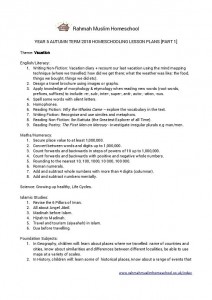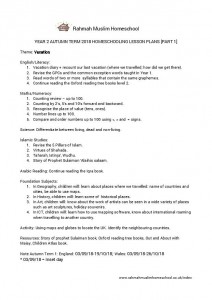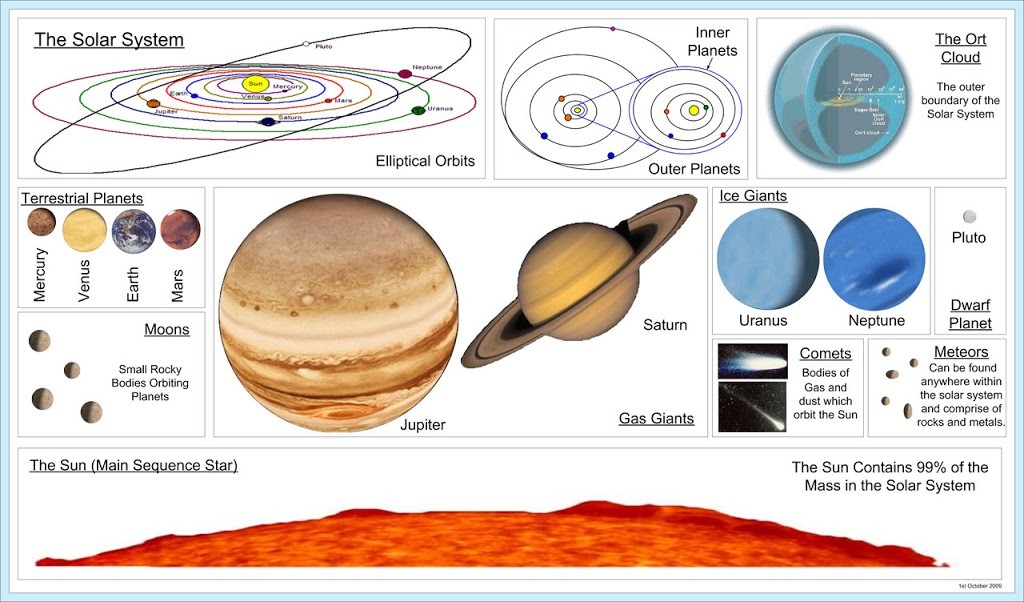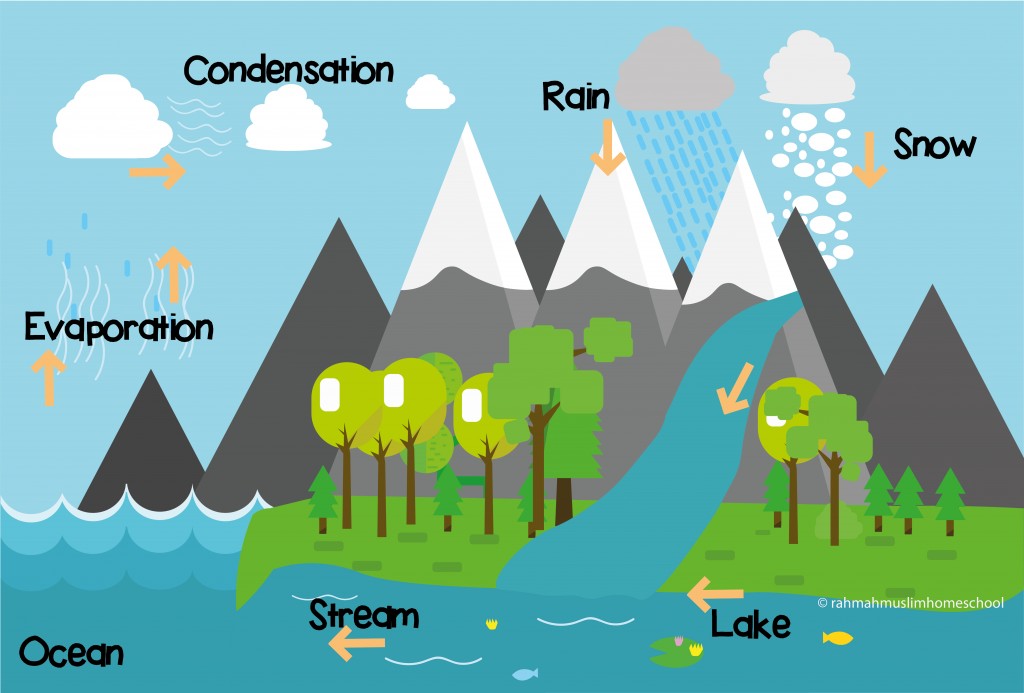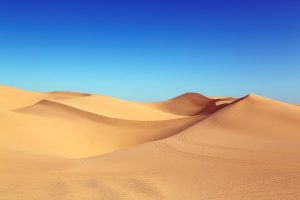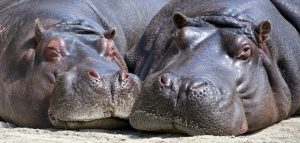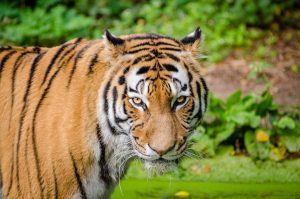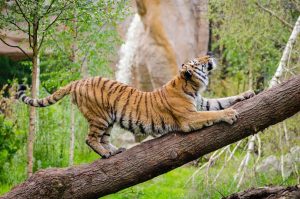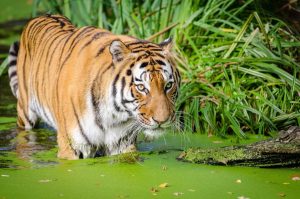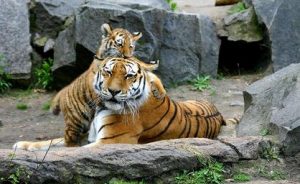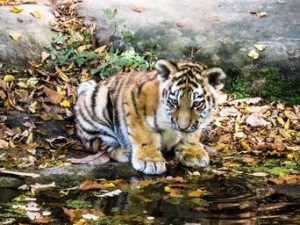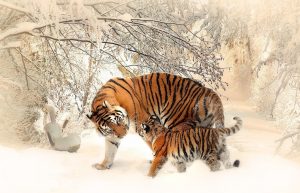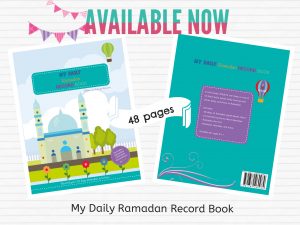Below are our homeschooling lesson plans for Year 5 (Autumn Term Part 1) that I created using the National Curriculum Framework document in England as a guide and some worksheet ideas.
Theme: Vacation
English/Literacy:
1. Writing Non-Fiction: Vacation diary + recount our last vacation using the mind mapping technique (where we travelled; how did we get there; what the weather was like; the food, things we bought, things we did etc).
2. Design a travel brochure using images or graphs.
3. Apply knowledge of morphology & etymology when reading new words (root words, prefixes, suffixes) to include: re-, sub-, inter-, super-, anti-, auto-, -ation, -ous.
4. Spell some words with silent letters (worksheets).
5. Homophones (worksheets).
6. Reading Fiction: Why the Whales Came – explore the vocabulary in the text.
7. Writing Fiction: Recognise and use similes and metaphors.
8. Reading Non-Fiction: Ibn Battuta (the Greatest Explorer of all Time).
9. Reading Poetry: The First Men on Mercury – investigate irregular plurals e.g man/men.
Maths/Numeracy:
1. Secure place value to at least 1,000,000 (worksheet 1 worksheet 2). Continue reading

